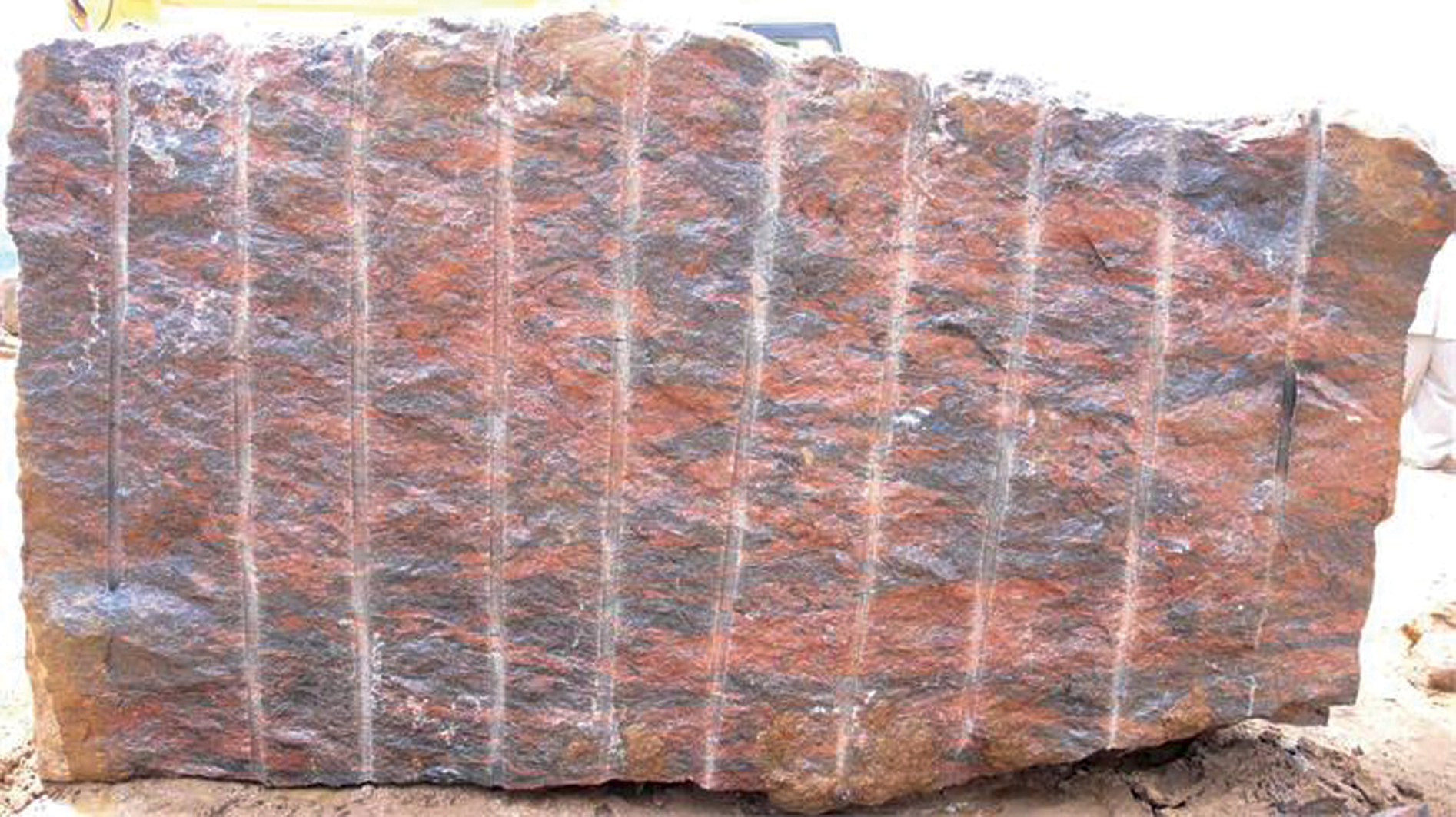Exploring Granite Quarries in South Africa: A Comprehensive Guide
Exploring Granite Quarries in South Africa: A Comprehensive Guide
Blog Article
Uncovering the Rich History and Sustainable Practices of Granite Quarrying
As we depend on the precipice of uncovering the detailed tapestry of granite quarrying, a journey with time reveals not just the physical act of removing stone however additionally the cultural and historical significance woven into the really fabric of this method. From the old beginnings that laid the foundation for modern-day quarrying methods to the sustainable practices that are shaping the future of this market, each carve mark on granite surfaces tells a tale waiting to be uncovered (granite quarries in south africa). The heritage of granite quarrying extends far past plain extraction; it is a testament to human resourcefulness, strength, and the enduring attraction of this magnificent rock
Old Origins of Granite Quarrying
Dating back to ancient people, the technique of quarrying granite has actually been an essential part of human history and building innovation. The earliest proof of granite quarrying go back to old Egypt, where massive pyramids and elaborate sculptures were crafted from this resilient stone. The Egyptians used primitive devices to draw out granite blocks from quarries, showcasing the relevance of this product in their huge building and constructions.
Progressing in history, the Greeks also made significant payments to the quarrying of granite. The Greeks utilized granite in different architectural marvels, such as temples and statues, demonstrating their skill in shaping and sculpting this durable rock. The Romans additionally improved the methods of quarrying granite, utilizing sophisticated tools like chisels and hammers to extract and form granite for their legendary frameworks.
With the centuries, the method of quarrying granite has developed, with modern innovations boosting effectiveness while preserving the timeless allure of this all-natural rock - granite quarries in south africa. From ancient civilizations to modern builders, the heritage of granite quarrying remains to shape our world
Development of Quarrying Strategies
The development of quarrying techniques has actually been noted by a constant progression towards higher effectiveness and accuracy in removing granite. From the primary methods employed by our ancestors to the innovative innovations used in modern-day quarrying procedures, the industry has actually undertaken substantial advancements. Early quarrying techniques involved hand-operated labor with fundamental tools such as blades, hammers, and wedges to draw out granite blocks from the planet. As people advanced, techniques like fire-setting and primitive nitroglycerins were presented to help with the extraction procedure.
Innovations in computer-controlled tools and 3D modeling have optimized quarrying operations, leading to minimal environmental impact and improved sustainability practices. As the demand for granite proceeds to climb, the advancement of quarrying strategies continues to be indispensable to conference market needs successfully and sustainably.
Social Significance of Granite
Granite holds a profound social value across numerous human beings because of its enduring presence in building masterpieces and admired monoliths. From the magnificent pyramids of Egypt to the complex carvings of the Angkor Wat temple in Cambodia, granite has actually been a product of option you can try these out for expressing grandeur and long life in social heritage. In ancient Rome, granite columns adorned holy places and public buildings, symbolizing strength and permanence. The social value of granite prolongs beyond its physical attributes; it personifies durability, security, and eternity, making it a symbol of sustaining traditions and traditions.

Lasting Practices in Quarrying
Among the rich history of granite quarrying and its social relevance lies an expanding emphasis on lasting methods within the industry. As ecological understanding and issues concerning resource deficiency have increased internationally, the quarrying industry has progressively accepted lasting approaches to decrease its influence on the environment and bordering communities.

Additionally, improvement and rehab of quarry sites post-extraction are essential to sustainable practices. By restoring quarried areas to a natural or advantageous state, such as creating wildlife habitats or entertainment rooms, quarriers can counter the ecological impact of their procedures and add favorably to the neighborhood ecological community.
Heritage of Granite Quarrying
With a historic backdrop steeped in workmanship and commercial development, what enduring impact has granite quarrying left on the landscape of modern-day culture? The tradition of granite quarrying transcends mere removal methods; it has formed building wonders, urban landscapes, and social heritage worldwide. The sturdy nature of granite has these details made it a preferred selection for monoliths, buildings, and framework, standing as a testimony to the skill and artistry of quarry employees across generations.
Moreover, the financial footprint of granite quarrying can not be overlooked. The sector continues to provide job opportunity and drive neighborhood economies in areas where granite extraction prevails. It has actually also spurred technical click now innovations in quarrying methods and devices, leading to much more reliable and lasting methods.
In terms of sustainability, the heritage of granite quarrying includes efforts to minimize ecological effects through reclamation projects and accountable resource management. By balancing economic passions with environmental stewardship, the industry strives to ensure that future generations can proceed to profit from this enduring natural source.
Verdict

Report this page